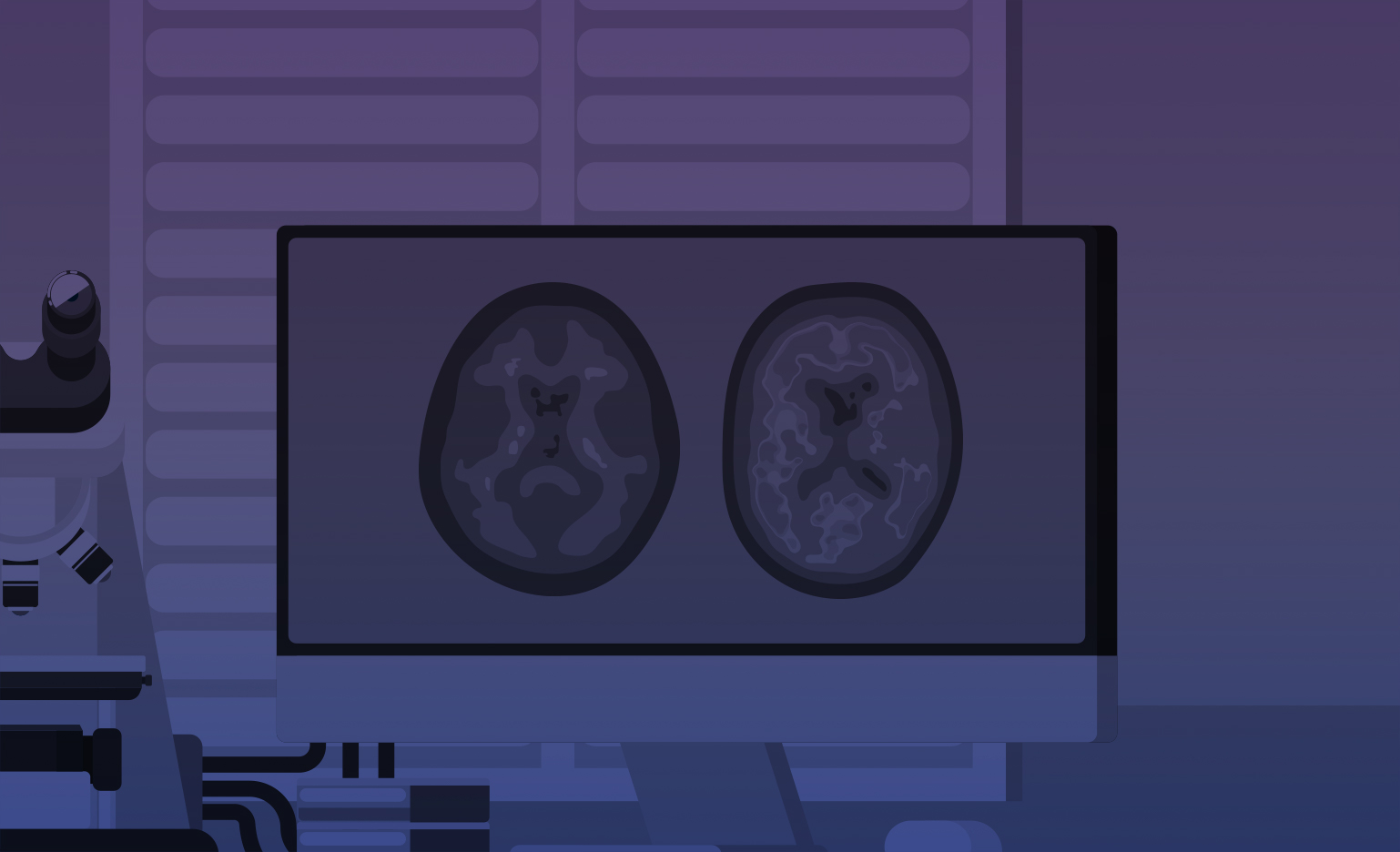Trustees of Columbia University in the City of New York
Trustees of Columbia University in the City of New York
Neurophysiological biomarkers for AD drug development
At present, the major tools for early detection and monitoring of Alzheimer's disease (AD) rely on neuroimaging-based measures such as structural/functional MRI with limited utilization of neurophysiological based measures such as EEG or event-related potentials (ERP). Over recent years, however, there have been major advances in technology for analysis of EEG/ERP signals that greatly increase the clinical sensitivity of these measures. To date, these approaches have been applied primarily to the study of non-AD neurocognitive disorders such as schizophrenia or autism-spectrum disorders. In such disorders, ERP-based measures such as mismatch negativity (MMN) or visual P1 have shown high sensitivity and reliability, permitting their use both as early diagnostic/prognostic measures and as translational biomarkers for new treatment development. The main goal of this study is to apply recently developed biomarkers for schizophrenia to the study of neurophysiological changes occurring during healthy brain aging and in individuals with early cognitive symptoms due to AD pathology. The study will take advantage of 1) existing ERP datasets in healthy volunteers spanning the age range from young adulthood into normal aging, and 2) an existing well characterized cohort of healthy elders already characterized using structural/functional MRI and amyloid PET. As opposed to traditional AD markers that focus mainly on structural changes within frontotemporal brain regions, neurophysiological measures are uniquely sensitive to both sensory level dysfunction and to breakdown in flow of information from sensory regions into higher order parietal and frontotemporal areas. To accomplish its goals, the study will evaluate neurophysiological measures in a group of 1) 20 individuals with amnestic mild cognitive impairment (aMCI) and 2) a group of 20 cognitively intact but amyloid+ healthy elders, relative to 3) a group of 20 amyloid- healthy elder volunteers. The project will both compare measures both across groups and relative to structural/functional MRI alterations.

